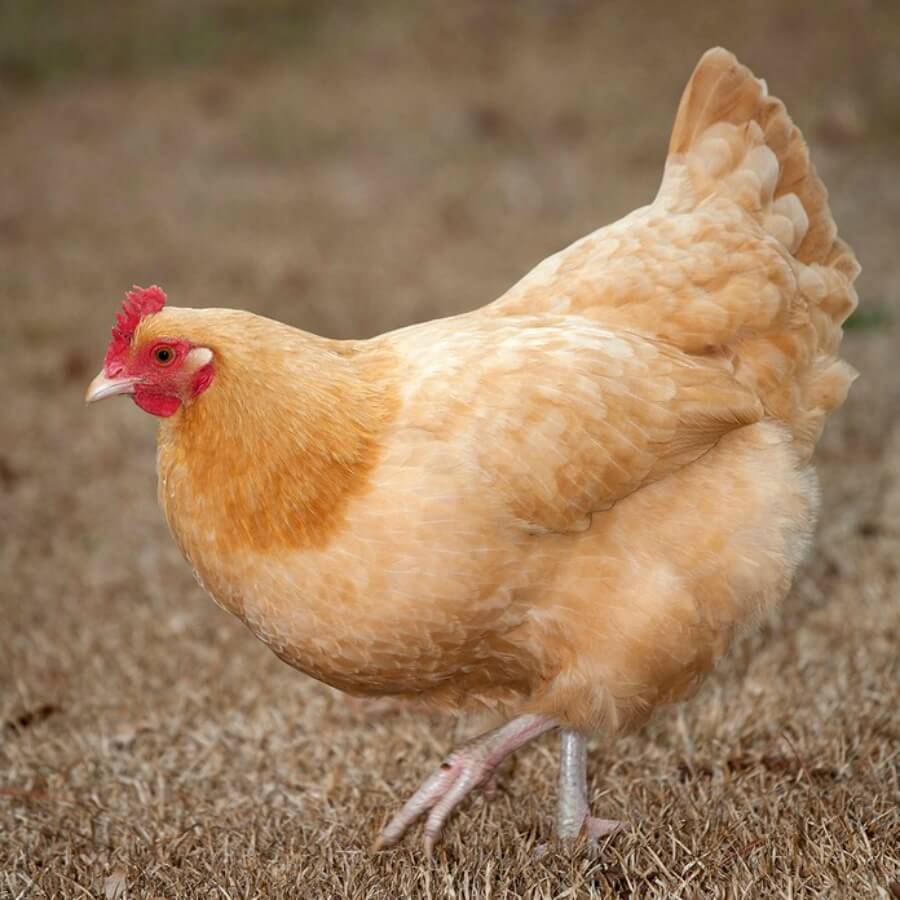The intense use of antibiotics means that farmers no longer need to spend much time worrying about their chickens’ welfare. Before the second world war, most birds were raised on small plots. Farmers kept hens for eggs and sold their meat when they got too old to lay any more. But prophylactics have allowed farmers to pack chickens into conditions that would once have been considered unthinkably cramped and dirty. Birds raised in denser quarters do not move around much, and so require less to eat.
大量使用抗生素,這意味著農民不再需要花太多時間擔心雞的健康。二戰前,大多數雞飼養于小塊土地。農民養雞取蛋,當雞老得不能再下蛋時就把肉賣掉。但是,預防措施使得農民可以把雞塞進曾經無法想象的擁擠、骯臟的環境中。
Farmers have also benefited from the healthy reputation of chicken. In the 1980s doctors worried that by eating too much beef and pork people were ingesting lots of saturated fat, which was then thought to increase the risk of heart disease. Those fears have since waned, but new evidence suggests that red meat might increase people’s chances of getting colon cancer. In contrast, poultry’s image as a healthy meat survives unscathed.
農民還受益于雞肉的健康聲譽。20世紀80年代,醫生擔心食太多牛肉和豬肉會攝入大量的飽和脂肪,患心臟病風險加大。此類擔憂漸消,但有新證據表明,紅肉可能會增加人們患結腸癌的幾率。相比之下,雞肉作為健康肉類的形象卻毫發無損。
It is not just fussy Western eaters who increasingly favour chicken. Rising incomes mean that demand for the meat is growing even faster in poorer countries. As a result, chickens are now the world’s most widely traded meat. In economic terms they are, in effect, the opposite of cars. They are produced whole. But their value is maximised once they are broken up.
不僅是挑剔的西方食客越來越喜歡雞肉。收入增加意味著貧窮國家對肉類的需求增速更快。因此,雞現在是世界上交易最廣泛的肉類。從經濟角度來說,它們實際上是汽車的對立面。從經濟角度來說,它們實際上是汽車的對立面。生產時是完整的。一旦被拆分,價值就會最大化。
Though Westerners prefer lean, white meat; many in Asia and Africa prefer dark meat, which includes legs and thighs. These preferences are reflected in local prices: in America breasts are 88% more expensive than legs; in Indonesia they are 12% cheaper. Differences in the price of chicken feet are even starker. The thought of eating talons is abhorrent to many Westerners, but they often feature in Cantonese recipes. China now imports 300,000 tonnes of “phoenix claws” every year.
盡管西方人更喜歡瘦肉和白肉;但是亞非的許多人更喜歡深色肉類,包括小腿和大腿。這些偏好反映在當地的價格上:在美國,雞胸肉比雞腿貴88%;在印尼便宜12%。雞爪的價格差異更加明顯。很多西方人不喜歡吃雞爪,但雞爪經常出現在粵菜菜譜中。中國現在每年進口30萬噸“鳳爪”。

The fact that different countries specialise in different kinds of production also boosts trade. America and Brazil, the world’s two biggest chicken exporters, are agricultural powerhouses that grow huge amounts of feed, the main cost in poultry production. Thailand and China, in contrast, dominate the processed-meat market which requires cheap, skilled labour. Russia and Ukraine, once net importers of chicken, have become net exporters as their grain industries have grown.
不同國家專門從事不同種類的生產,這一事實也促進了貿易。美國和巴西是世界上最大的兩個雞肉出口國,兩國都是農業大國,生產大量飼料,這是家禽生產的主要成本。相比之下,泰國和中國在加工肉類市場占據主導地位,而加工肉類市場需要廉價、熟練的勞動力。俄羅斯和烏克蘭曾經是雞肉的凈進口國,但隨著糧食工業的發展,已經成為了凈出口國。
Producers that sell their meat abroad expose themselves to risks. Chicken has been a flashpoint in trade negotiations. China imposed tariffs on American birds in 2010 and then banned all imports in 2015, shortly after an outbreak of avian flu. Industry observers are pessimistic the ban will be lifted, much to the dismay of American farmers who would love to be paid more for the 20bn chicken feet they produce every year, which currently become animal feed.
出口雞肉的生產商面臨風險。雞肉一直是貿易談判的熱點。2010年,中國對美國禽鳥征收關稅,2015年,禽流感爆發后不久,中國禁止了一切進口。業內觀察人士對取消禁令持悲觀態度。這令美國農民大為沮喪。農民本希望自己每年生產的200億雞爪能獲得更高的報酬,而這些雞肉目前已成為動物飼料。












